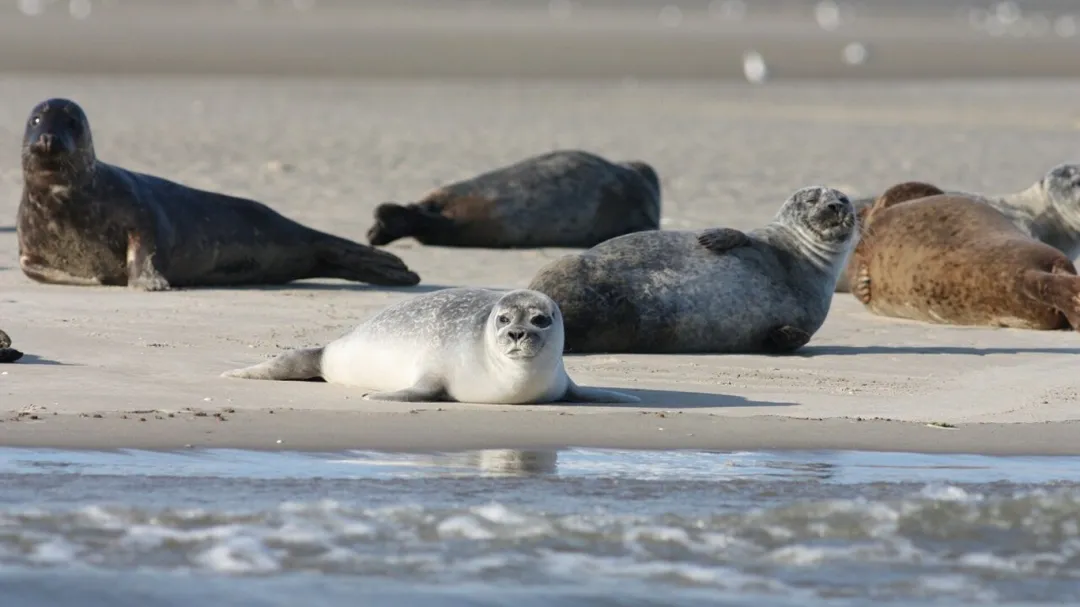How Seals Use Cloudy Water to Navigate

Vancouver, Canada—A recent study conducted by the Vancouver Marine Institute offers groundbreaking insights into how harbor seals (Phoca vitulina) navigate effectively in murky, clouded aquatic environments. Open water swimming often restricts human vision to mere centimeters, creating a claustrophobic experience, yet these marine mammals exhibit remarkable spatial awareness despite turbidity.
Researchers observed that harbor seals utilize an intricate combination of sensory mechanisms, including tactile receptors and echolocation-like capabilities, to compensate for visual impairment caused by suspended particles. Dr. Laura Henderson, lead marine biologist, emphasizes, “Our findings illuminate the seals’ ability to sense their surroundings with precision, enabling purposeful movement and hunting even when visibility is severely limited.”
The study highlights that the seals’ whiskers play a critical role in detecting water flow patterns, providing directional cues that substitute for sight. This biological adaptation not only enhances survival but also enriches understanding of how animals exploit environmental challenges to their advantage.
Given the increasing turbidity in coastal waters due to urban runoff and climate change, these discoveries hold significance for conservation strategies and underwater robotics. Experts suggest that mimicking such natural navigation techniques could inspire technological innovations in autonomous underwater vehicles.
This research bridges marine biology and environmental science, confirming the resilience and adaptability of harbor seals in changing marine habitats. It underscores the importance of preserving aquatic ecosystems where visibility is naturally limited but vital to wildlife navigation.







